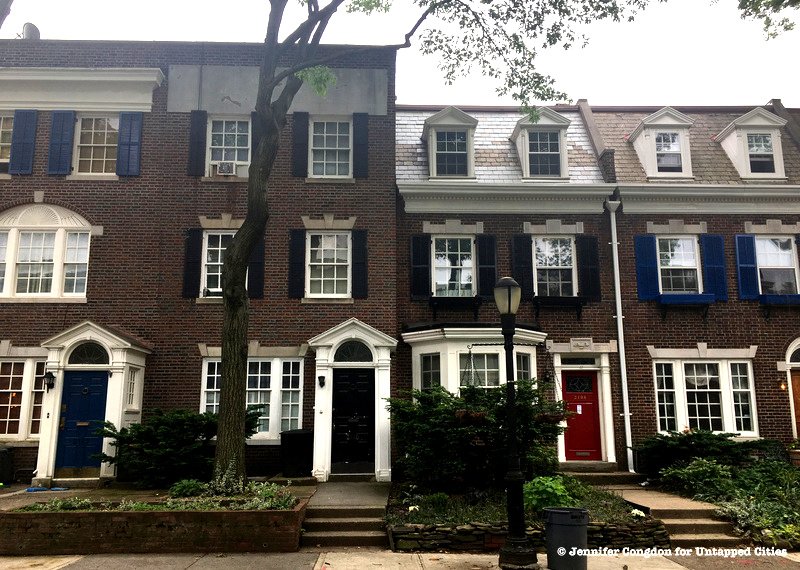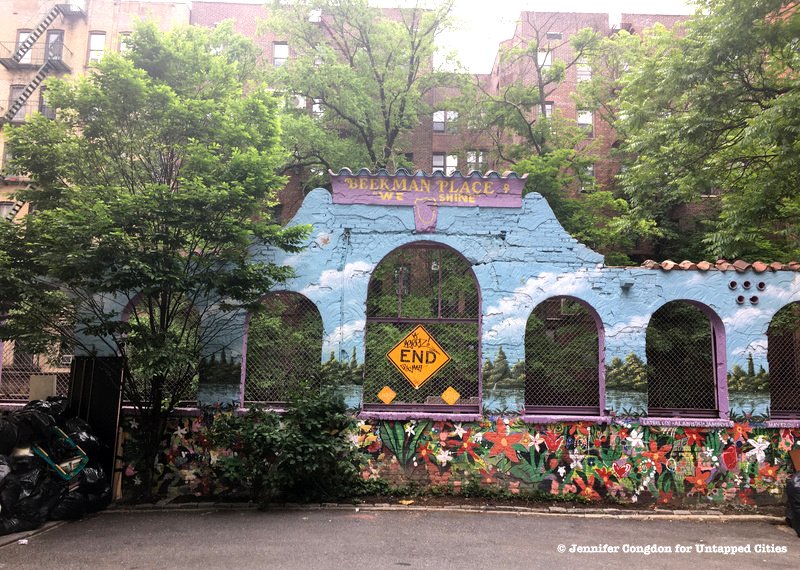
Flatbush Avenue, one of the oldest and longest streets in Brooklyn, boasts a rich history, and thus, is home to a variety of land uses and architectural styles. Perhaps when New Yorkers picture Flatbush Avenue, they think of a thriving commercial corridor, home to large developments like the Barclays Center, shopping malls, and smaller markets and specialty shops. In the neighborhoods of Flatbush and Prospect-Lefferts Gardens, Flatbush Avenue serves as a sort of “Main Street”, the site of a vivacious street life running through the center of the neighborhoods. However, veering off this avenue will yield a pleasant surprise: a series of dead end streets whose quaint nature and architectural styles pay homage to an earlier era of Brooklyn.
Here are five of these dead end streets to discover!
1. Beekman Place

Situated off of Flatbush Avenue next to Prospect Park, Beekman Place is one of a series of dead end streets in Prospect-Lefferts Gardens. At the end of the street is a mural proclaiming “Beekman Place- We Shine” and beyond that, the tracks of the B and Q subway lines are visible. While dead end streets conjure up images of suburban cul-de-sacs, some sociologists have documents the effect that cul-de-sacs and dead end streets have in fostering social cohesion. Sociologist Thomas R. Hochschild states that families who lived in cul-de-sacs “had a stronger sense of shared social space”, due to the fact that their design “facilitated neighborliness”.
While urbanists critique cul-de-sacs and dead end streets for cutting up neighborhoods, the existence dead end streets off of a major thoroughfare like Flatbush Avenue may be able to combat this criticism. From the mural to the lack of traffic (both pedestrian and vehicular), Beekman Place exudes a great amount community feeling in its small space.





